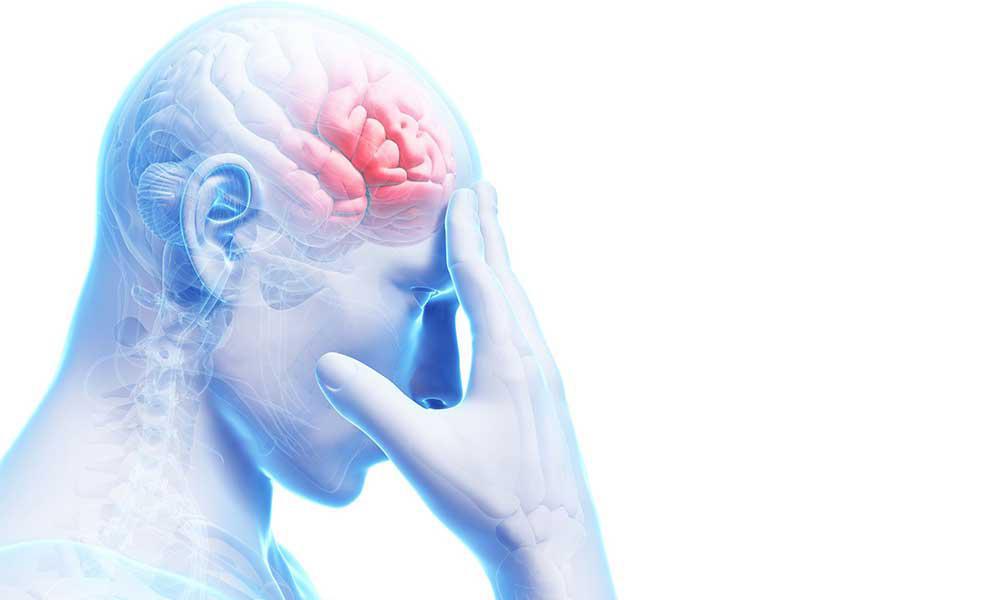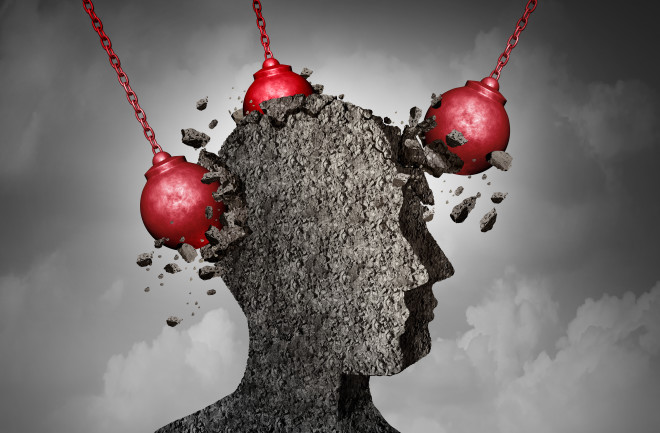Migraines and headaches can be excruciating. They affect almost everyone at some point, making them one of the most common health problems. While all headaches are characterized by pain or discomfort in the head or face, there are over 100 different types of headaches, each with its own set of symptoms and intensity. It is always better to consult a neurologist in such cases.
Some will necessitate medical treatment, while others can be handled at home with over-the-counter medications or natural therapies. Some, known as secondary headaches, are caused by underlying medical issues, while others, known as primary headaches, are the fundamental medical problem. It depends on the nature of the headache. If you are suffering from severe headaches, make sure that you choose the best neurologist in Islamabad.
Primary headaches, such as tension headaches, migraines, and cluster headaches, are the most prevalent types of headaches that lead to medical attention.
Types of Headaches
One of the most common reasons for healthcare visits is headaches. According to the WHO, these diseases impact up to three-quarters of the world’s adults. Tension headaches, cluster headaches, and sinus headaches are among the most prevalent forms.
Tension Headaches
The most frequent type of headache is tension headache. Stress and muscle tension, as well as heredity and environment, are thought to play an impact. Moderate pain on or around both sides of the head, as well as pain in the back of the head and neck, are common symptoms. Tension headaches develop gradually and are rarely accompanied by nausea or vomiting. They might be persistent, reoccurring frequently, or even on a daily basis.
If a tension headache occurs only sometimes, it can be managed with over-the-counter pain medicines, but if it is a persistent issue, prescription medication may be required. A tricyclic antidepressant or muscle relaxant, as well as good sleep hygiene, regular exercise, or relaxing therapies like massage or yoga, may be recommended by your doctor.
Migraines
Migraine headaches are characterized by strong, throbbing pain, nausea or vomiting, light sensitivity, and a loss of appetite. According to the US Department of Health and Human Services, women account for 75% of migraine sufferers. Migraines can linger for several days and run in families, implying a genetic origin. It’s also possible that they’re linked to a chemical imbalance in the brain.
Treatment is determined by the frequency and severity of the symptoms. Your doctor may give a “rescue” medicine for immediate relief and/or a “preventative” prescription to help you avoid migraines in the future.
Cluster Headaches
Cluster headaches are characterized by extreme pain that appears out of nowhere, usually behind one eye. They are the most severe form of headache, yet they are less prevalent than tension and migraine headaches. Cluster headaches tend to happen in clusters, and they can happen once or numerous times a day. They last between one to three hours, and the agony is consistent.
Alcohol or tobacco use, strong light, heat, and meals containing nitrates, such as lunch meat or bacon, can all cause cluster headaches. While there is no cure, your doctor can advise you on how to manage the discomfort.
Lifestyle adjustments such as stopping smoking, oxygen therapy, Verapamil, a blood vessel relaxant, or Prednisone, a steroid prescription to reduce inflammation and swelling, are all possible treatments.
When to Call a Neuro Physician

If you experience a migraine, there’s nothing wrong with going to the doctor. However, depending on the severity, you may want to consult a neurosurgeon. What exactly is a neurosurgeon? They’re a doctor who specializes in brain and nervous system problems. As a result, they’re frequently consulted for migraines and headaches. Here are some indicators that it’s time to see a neurosurgeon:
- Your headaches are strong enough to keep you from working or spending time with your family.
- More than 15 headaches per month are a regular occurrence for you.
- You frequently use over-the-counter drugs (e.g., NSAIDs).
- You’re noticing changes in your vision.
- With your headaches, you’ve experienced a seizure.
What to Expect During Your First Visit with a Neurologist
When you visit a neurologist, they will most likely conduct a physical examination in addition to a neurological examination. This is done to assess muscular strength and coordination, rule out any other diseases, and gain an overall picture of your neurological health.
Because migraine diagnosis is highly linked to medical history and reporting of symptoms, they’ll conduct a complete medical history and ask you questions about your migraine history. If they want to rule out any other medical conditions, they may send you for more tests. Neurologists, on the other hand, frequently rely on patient reports to diagnose migraine.
Tests your Neurologist may Perform
The neurosurgeon will begin by gathering information about your medical history. They can then decide whether or not to run particular tests.
Electroencephalogram (EEG)
An EEG is a test that records the brain’s electrical activity. It aids in the diagnosis of brain illnesses like epilepsy and stroke. Your doctor may ask you to seek indicators of seizures based on your symptoms, as the symptoms may be similar to those of migraines.
MRI Scans
An MRI scan creates comprehensive images of the brain and blood arteries using a high magnetic field and radio waves. MRI scans assist doctors in the diagnosis of cancers, strokes, brain hemorrhage, infections, and other neurological diseases.
Lab Tests
Your doctor may request lab tests such as a blood test or a spinal tap in some circumstances. To put it another way, they’re utilized to see whether you have any additional medical issues. Migraine headaches can be caused by a variety of factors, including diabetes and thyroid issues.
Final Takeaway
Headache is a condition that affects the nervous system. Seeing a neurologist, a specialist in neurological problems, can be beneficial in a variety of ways.
A neurologist is a medical professional who can assess, diagnose, and treat you. Their concentration on the nervous system may provide insight into some elements of headaches, and their up-to-date understanding of new discoveries and research in the field can aid in the development of treatment regimens as well as day-to-day life.





